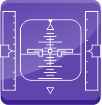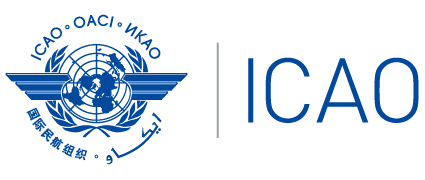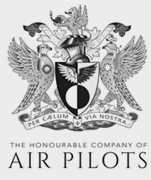Autopilot Flight Director System
Autopilot Flight Director System
Article Information
Category:
Content source:
Content control:
Last modified:
08.Mar.2025
Article UID:
Definition
In modern glass-cockpit aircraft, a Flight Director (FD) provides pitch and roll guidance that is overlaid on the Primary Flight Display (PFD) in graphic form. When the autopilot is engaged, it follows the FD’s guidance.
Description
A Flight Director receives inputs from sources such as Air Data Computers, Inertial Reference Systems, and navigational data from Flight Management Systems. The FD also responds to pilot inputs from the Guidance Panel. For example, when a pilot selects a higher altitude in the Altitude Selector, the FD will command a corresponding pitch up. If the aircraft is equipped with autothrottles in addition to an autopilot, the autothrottles will increase power commensurate with the commanded climb. Similarly, if a pilot selects a higher speed in level flight, the autothrottles will increase power to reach the commanded speed, while the flight director adjusts pitch to maintain level flight. If a pilot selects a lower altitude, the flight director will command a lower pitch, and the autothrottles will reduce power.
The combination of an FD with an autopilot is normally used for instrument approaches, and is normally required for Category II and III Instrument Landing System (ILS) approaches.
FD guidance is subject to any errors prone to a given instrument navigation system. For example, in some locations, ground interference can cause anomalies in glideslope indications during an ILS approach. A glitch in glideslope reception could cause an abrupt autopilot response, or it could cause an autopilot to disconnect. At these locations, an ILS approach chart may note that autopilot coupled approaches are not authorized, and the approach must be hand flown.
Categories
Editor







